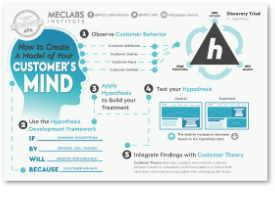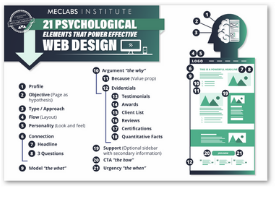Email Summit 2015 Panel: How to justify investment in and get the most out of new email technology
There are so many different vendors in email marketing — how do you know that you’ve selected the right one for your technology needs?
In this blog post, we will cover how to begin justifying the investment to others, and choosing the right technology for your company.
Watch the full video to dive deep into three additional topics: shopping tips, questions to ask and problems an ESP won’t fix.
The panel covers these pain points, and features the perspectives of Preston Wily, President, Sewell, and Diana Primeau, Director of Member Services, CNET, alongside Charles Nicholls, SVP, Product Strategy for Marketing Solutions, SAP; John A. Caldwell, Principal and Founder, Red Pill Email; and Michael Kelly, Co-founder, Business Development, ClickMail.
Learn from the mistakes of others
“[At Sewell] we fail a lot, and we know that a lot of the best stuff we do really comes out of those failures,” Wily said.
He advised that marketers learn from mistakes either they or others in the sphere have made in the past. For instance,
Referrals — Get referrals from trusted third parties.
Goals — Define specific goals before talking to potential partners.













